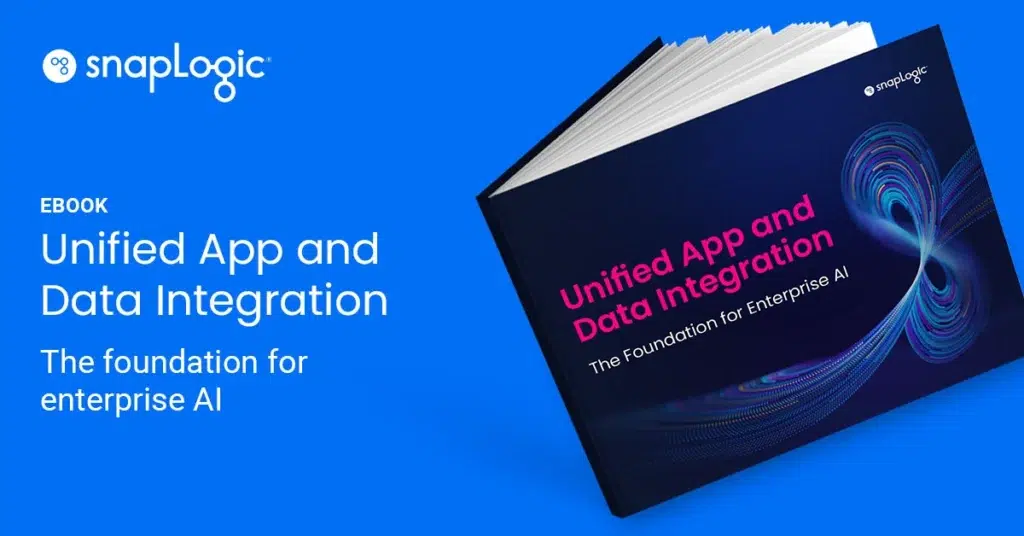Data ingestion pipeline is a crucial component of modern data architecture, enabling businesses to efficiently manage and utilize their data. It’s the process of importing, transferring, loading, and processing data for later use or storage in a database. This process is integral to data systems, as it’s the first step in making raw data accessible and usable for analytics and decision-making.
What is data ingestion?
Data ingestion is the process of collecting, importing, and processing data from various sources for storage in a database. This process is the first step in making raw data accessible and usable for analytics and decision-making. The data sources can be numerous and diverse, including databases, servers, other data centers, and even online sources.
Understanding the data ingestion process
Data ingestion involves taking data from various sources and moving it to a system where it can be stored and analyzed. The data sources can be numerous and diverse, including databases, servers, other data centers, and even online sources. The data is then processed and loaded into a destination system, such as a data warehouse or a data lake, where it can be accessed and analyzed by data scientists and other users.
The data ingestion process can be done in real-time or in batches. Real-time data ingestion involves importing data as soon as it is produced, providing users with up-to-date, real-time insights. Batch data ingestion, on the other hand, involves collecting and importing data at regular intervals, whether it’s every few hours, once a day, or once a week.
What are the different types of data ingestion?
There are primarily two types of data ingestion methods: real-time and batch.
Real-time data ingestion involves importing data as soon as it is produced, providing users with up-to-date, real-time insights. This method is crucial for businesses that need to make immediate decisions based on the latest data.
Batch data ingestion, on the other hand, involves collecting and importing data at regular intervals, whether it’s every few hours, once a day, or once a week. This method is suitable for businesses that do not require real-time data and can make decisions based on periodic data updates.
The importance of data ingestion pipelines
Data ingestion pipelines are essential for efficient data management. They automate the data ingestion process, ensuring that data from various sources is consistently and accurately imported, processed, and stored. This not only saves time and resources but also ensures that the data is reliable and ready for analysis.
Moreover, data ingestion pipelines are crucial for businesses that rely on real-time data. They enable these businesses to make timely decisions based on the most recent data. For instance, businesses can use real-time data ingestion pipelines to monitor their website traffic and make immediate adjustments to their marketing strategies based on the incoming data.
What are the benefits of data ingestion?
Data ingestion offers several benefits:
- Efficiency: Automated data ingestion pipelines save time and resources by streamlining the process of importing, processing, and storing data.
- Reliability: These pipelines ensure that the data is consistently and accurately imported, making it reliable for analysis.
- Timely Insights: Real-time data ingestion pipelines provide up-to-date insights, enabling businesses to make timely decisions.
- Scalability: As businesses grow, so does the amount of data they generate. Data ingestion pipelines can scale to handle increasing data volumes.
Building an effective data ingestion pipeline
Building an effective data ingestion pipeline involves several key steps:
- Identify the Data Sources: The first step in building a data ingestion pipeline is to identify the data sources. These could be databases, online sources, servers, or other data centers.
- Determine the Destination System: The next step is to determine where the data will be stored and analyzed. This could be a data warehouse, a data lake, or another type of data storage system.
- Choose the Data Ingestion Method: The data ingestion method could be either real-time or batch, depending on the needs of the business.
- Design the Data Ingestion Process: This involves designing the process of importing, processing, and loading the data into the destination system. This process should be automated to ensure consistency and accuracy.
- Monitor and Optimize the Data Ingestion Pipeline: Once the data ingestion pipeline is in place, it’s important to monitor its performance and make any necessary adjustments to ensure it’s running efficiently.
Common data ingestion challenges
Despite its benefits, data ingestion can present several challenges:
- Data Variety: With numerous data sources, managing different data types can be complex.
- Data Volume: As businesses grow, so does the volume of data, making it challenging to manage and process.
- Data Velocity: The speed at which data is generated and processed can be overwhelming, especially for real-time data ingestion.
- Data Veracity: Ensuring the accuracy and reliability of data is crucial, as poor data quality can lead to incorrect insights and decisions.
Data ingestion and ELT
Extract, Load, Transform (ELT) is a modern approach to data integration that focuses on faster data availability, flexibility, and scalability. In an ELT pipeline, data is extracted from sources, loaded into storage, and then transformed as needed. This approach decouples the extraction and transformation processes, allowing for quicker data ingestion and giving analysts and data scientists faster access to data.
Data ingestion approaches
There are two main approaches to data ingestion: manual coding and data integration platforms.
Manual coding involves engineers and developers writing each line of code required to build a data pipeline. This approach is time-consuming and labor-intensive.
Data integration platforms, on the other hand, provide pre-built connectors and transformations to streamline the data pipeline process. These platforms are fully managed, reducing the need for constant updates and maintenance.








